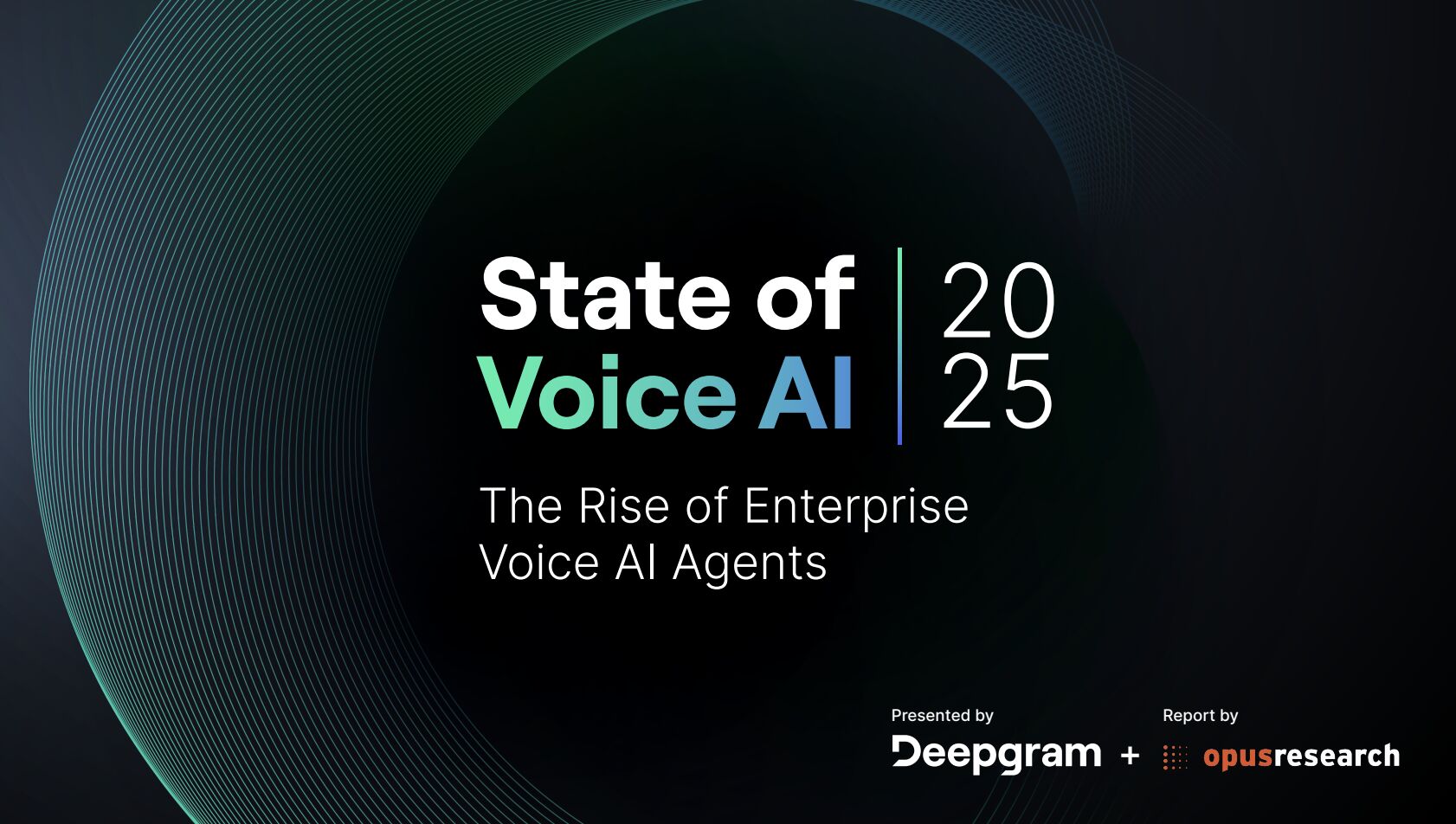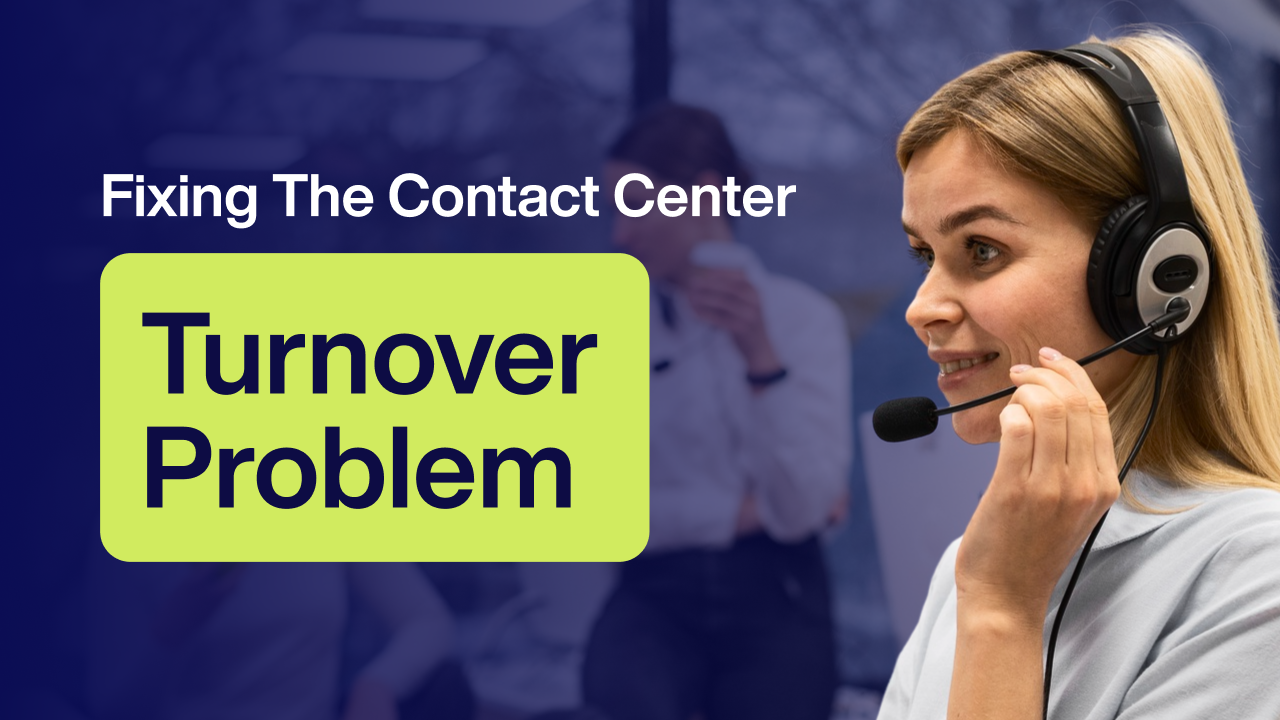Hybrid AI That Keeps Schedules Full—and Clinicians Fresh

When 7:15 a.m. Looks Like a Fire Drill
It’s Monday. Ten percent of today’s appointments are still unconfirmed. Two providers have gaps right after peak hours. The call queue is already spiking, and a last-minute cancellation just opened a 9:30 that no one can fill. Your schedulers are doing hero work—but the day’s already off balance. Sound familiar?
No-shows and late cancellations are costly, but the deeper cost is burnout: clinical days that swing from idle to overloaded, schedulers juggling back-and-forth calls, and providers whose productivity and satisfaction hinge on a stable, well-balanced schedule.
Why No-Shows Persist
Even with modern reminder systems, friction remains: patients miss messages, prep instructions are confusing, transportation falls through, or rescheduling requires long hold times. On the staff side, every exception eats time—prior authorizations, referral rules, double-booking guardrails, and EHR constraints all add complexity. The result: underutilized capacity, disrupted care plans, and rising stress.
Where Hybrid AI Changes the Day
Hybrid AI augments your team instead of replacing it. Think of it as a 24/7 scheduling extender that collaborates with your staff:
- Proactive outreach that sticks: Multichannel reminders (voice, SMS) that confirm intent, collect simple pre-visit data, and spot barriers like transportation or childcare.
- Smart rescheduling and backfill: When a slot frees up, AI instantly offers waitlisted or nearby patients appropriate openings—within your templates and rules.
- Escalation to humans for nuance: Anything that needs empathy or judgment—multi-visit plans, complex prep, insurance questions—routes to live agents.
- Short-notice access: Open/advanced access scheduling for last-minute capacity, reducing idle time and improving continuity of care.
What That Means for Real People
- Patients: Fewer hoops, faster answers, clear prep instructions, and easy rescheduling without long holds.
- Schedulers: Fewer repetitive calls, more time for high-value conversations, and better tools to manage edge cases.
- Providers: Smoother day flow, higher schedule adherence, and less cognitive load from unpredictable gaps or surges.
Burnout Down, Capacity Up
Hybrid AI supports the two levers that matter most:
- Schedule adherence and provider productivity: Keep templates intact, reduce mid-day gaps, and stabilize visit cadence.
- Capacity utilization: Fill cancellations quickly and balance supply-demand across clinics or service lines.
The outcome isn’t just cost containment—it’s better care continuity and a calmer workday.
Common Concerns, Addressed
- “Patients don’t like bots.” The AI identifies itself, uses natural language, and offers an immediate live-agent handoff. Most patients want convenience; give them both choice and control.
- “Integration will be painful.” Start with targeted use cases (confirmations, waitlist backfill) and expand. Practical, phased EHR integration and clear routing rules minimize disruption.
- “We’re in a regulated environment.” A compliance-first approach matters: role-based access, audit trails, consent capture, encryption, and BAAs aligned to HIPAA requirements.
- “Will staff be replaced?” No. The goal is to offload repetitive volume so humans handle exceptions, empathy, and clinical context—the work that builds loyalty.
Proving Value in 90 Days
Track leading indicators that matter to operations and clinicians:
- Confirmation and kept-appointment rates
- Time-to-fill for cancellations
- Provider idle minutes per session
- Queue abandonment and average handle time
- Overtime/overtime-related burnout signals
- Patient feedback on ease of rescheduling
How EGS Helps
Emerging Global Services (EGS) combines hybrid AI with nearshore BPO to make scheduling work in the real world. Our Grace™ voice bot handles high-volume, routine outreach and backfill tasks, while trained, bilingual agents in Mexico manage exceptions and relationship moments. We prioritize practical implementation, compliance-first design for regulated environments, and measurable provider productivity gains—not theoretical roadmaps.
Led by founder Steve Shefveland, EGS partners with health systems to stabilize schedules, reduce staff burnout, and unlock capacity. If filling schedules, protecting clinicians, and lifting ROI are priorities this year, let’s talk about a phased path that proves value fast—and scales safely.

No Spam —
Just Good Stuff.
Join our newsletter for actionable advice, insider knowledge, and strategies that drive real results.
No fluff, just value.
.png)
%20(1).png)
From The Blog
Read All Articles
Hybrid AI That Actually Moves the Needle in Healthcare RCM

How AI-Human Collaboration Elevates Quality Assurance on the Factory Floor

Why Nearshore Hybrid BPOs Outperform Offshore Automation Centers

How Hybrid AI Voice Bots Elevate CX and Make Agents Unstoppable

AI‑Human Hybrid Support That Elevates Fraud Detection and Compliance

How Hybrid AI Streamlines Healthcare Revenue Cycle—Without Losing the Human Touch

AI-human hybrid quality assurance for supply chain accuracy

Why Nearshore Hybrid BPOs Outperform Offshore Automation Centers

AI + Human QA on the Line: How Hybrid Teams Raise Manufacturing Quality

Why Nearshore Hybrid BPOs Outperform Offshore Automation Centers

How AI-Human Collaboration Elevates Quality Assurance in Modern Manufacturing

Hybrid AI That Keeps Schedules Full: Reducing Patient No‑Shows and Burnout

Why Nearshore Hybrid BPOs Outperform Offshore Automation Centers

Hybrid AI That Quietly Fixes Healthcare RCM—Starting With the Schedule

How AI-Human Collaboration Raises the Bar on Manufacturing Quality Assurance

How Hybrid AI Tackles the Toughest Banking Service Moments

AI + Human QA: How Hybrid Teams Catch Defects Early and Strengthen Audits

How Hybrid AI Cuts Churn in Telecom and Retail—Without Losing the Human Touch

Hybrid AI for Financial Services: Faster Resolution, Stronger Compliance, Human-Centered Support

Hybrid AI That Fills Schedules and Eases Burnout: Reducing Patient No-Shows in Healthcare

Hybrid AI-human support that strengthens fraud detection and compliance—without breaking customer trust

AI + Humans: Elevating Quality Assurance on the Factory Floor

AI-human hybrid quality assurance for supply chain accuracy

AI-Human Hybrid Support: Stronger Fraud Detection and Compliance at the Contact Center

Why Nearshore Hybrid BPOs Outperform Offshore Automation Centers

From Empty Slots to Full Days: Hybrid AI Scheduling That Reduces Burnout

From No‑Shows to Full Days: Hybrid AI That Fixes Provider Schedules Without Burning Out Staff

From Empty Slots to Full Schedules: Hybrid AI That Boosts Access and Reduces Burnout

Stop the Scheduling Spiral: Hybrid AI That Fills Schedules Without Burning Out Providers

Stop Empty Slots from Fueling Burnout: Hybrid AI-Human Scheduling for Health Systems

From Empty Slots to Full Days: Hybrid AI Scheduling for Health Systems

From Hold Music to Full Schedules: Hybrid AI That Lifts Provider Productivity Without Burning Out Staff

Stop the Scheduling Whiplash: Hybrid AI That Fills Last‑Minute Openings Without Burning Out Your Staff
.png)
Stop the Scheduling Spiral: How Hybrid AI Keeps Providers Productive and Patients Seen
.png)
AI & Financial Services: Where Compliance Meets Conversation

E-commerce's Hybrid AI Advantages: From Order Status to Complicated Returns
.png)
Customer Service & Experience East 2025 (Reuters Events)
.png)
NACHC’s Workforce Conference (formerly FOM/IT)
.png)
Healthcare's AI-Human Sweet Spot: When Empathy Meets Efficiency
.png)
Choosing the Right Contact Center Technology Stack for Your Industry
.png)
Order Management Support: Where AI Excels & Where It Fails
.png)
Customer Success vs. Customer Support: When to Use AI vs. Human Touch

687% Increase in Referral Processing in 6 Months: How One Healthcare Organization Turned Its Patient Support Around

5 Warning Signs Your Medical Referral Process Needs Immediate Attention

AI‑Powered Healthcare Contact Centers: What CX Leaders Need to Know

AI‑Powered Healthcare Contact Centers: What You Need to Know

Healthcare Contact Centers: What Others Are Just Diagnosing, EGS Has Already Solved

Real-Life Use Cases of Contact Center Automation for Cost Reduction

5 Proven Use Cases of Contact Center Automation That Cut Costs by Up to 30%

How Leading Companies Are Reducing Support Costs and Boosting Customer Satisfaction with AI

Real-Life Use Cases of Contact Center Automation for Cost Reduction

Unlocking Efficiency, Speed, and Patient Satisfaction through AI

How Healthcare Leaders Can Leverage AI to Transform Customer Experience (CX)

FQHC-Led Medicaid ACO Innovation: How Illinois is Reinventing Community Care through Value-Based Models

Expanding Access to Mental Health: How Telebehavioral Health Is Transforming Care in Frontier Idaho

Idaho’s Medicaid Expansion: Fueling Growth and Stability in Community Health Centers

Integrating Native Hawaiian Healing Practices: A Cultural Shift in Community Healthcare

Connecting Islands Through Telehealth: How Hawaii’s FQHCs Are Breaking Barriers with Virtual Care

How EGS Leverages Extensible, Integrated Technology to Simplify Health Systems

Addressing Georgia's Maternal Health Crisis: How FQHCs Are Leading the Way

Georgia’s Medicaid “Pathways” Program: A Partial Step, A Full Challenge for FQHCs

Delivering Care in the Fields: How Florida’s FQHCs Reach Migrant Farmworkers with Mobile Clinics

Florida’s FQHCs: The Safety Nets Holding Up Primary Care in a Non-Expansion State

Bridging Academia and Community Health: How Delaware’s FQHCs Are Driving Wellness Through University Partnerships

















.png)


.png)
.png)
.png)
.png)
.png)
.png)
.png)
.png)
.png)
.png)





